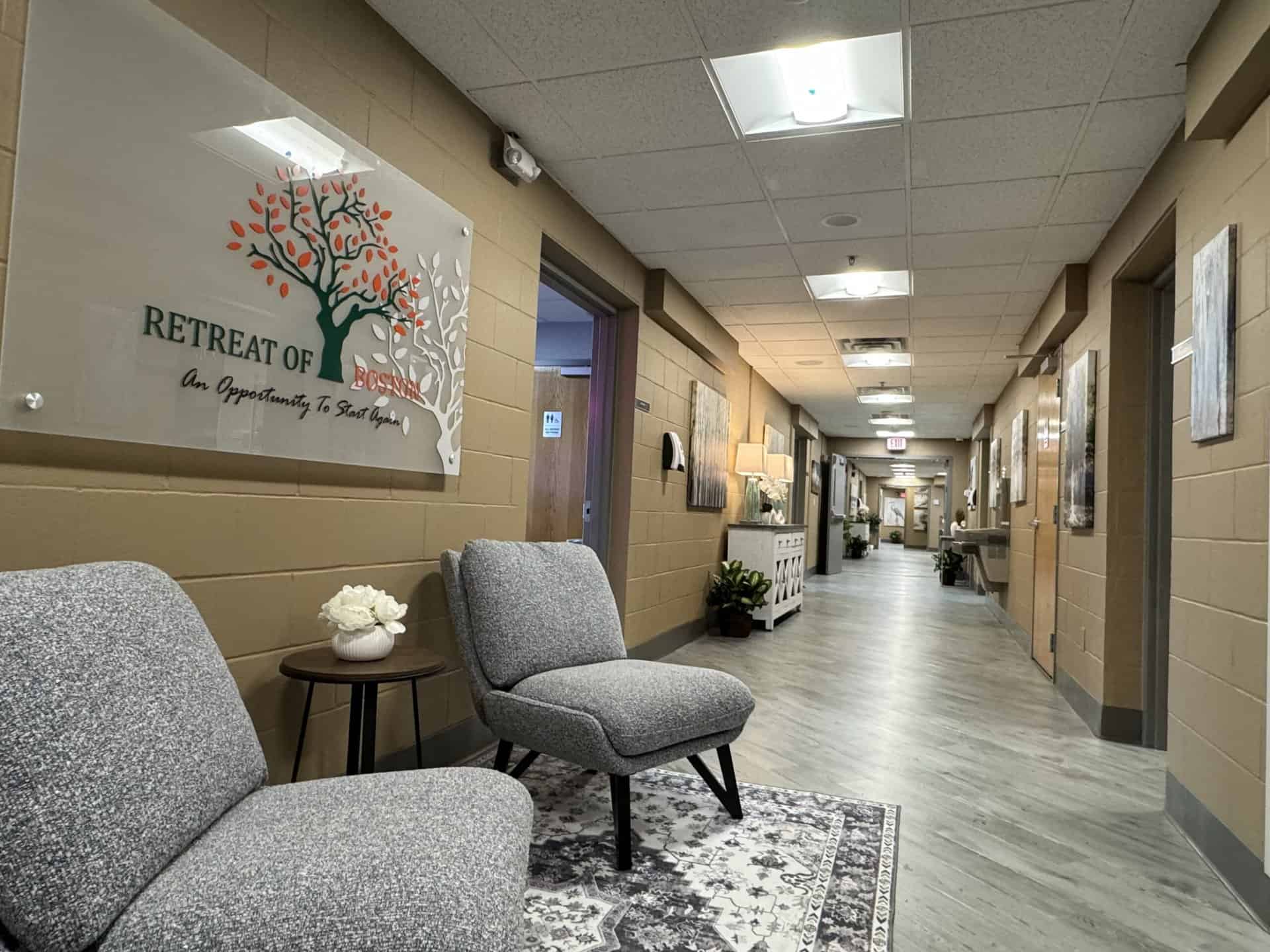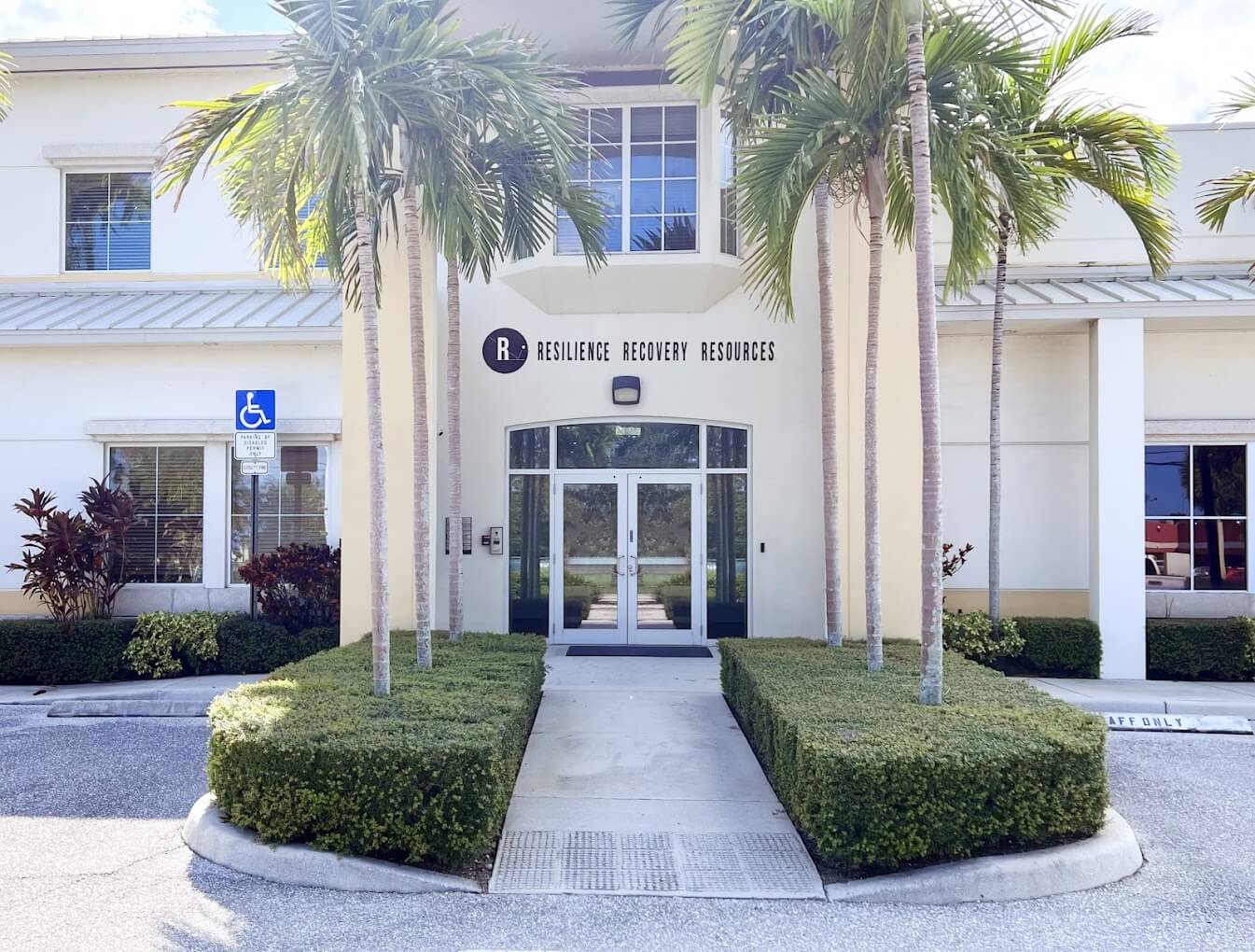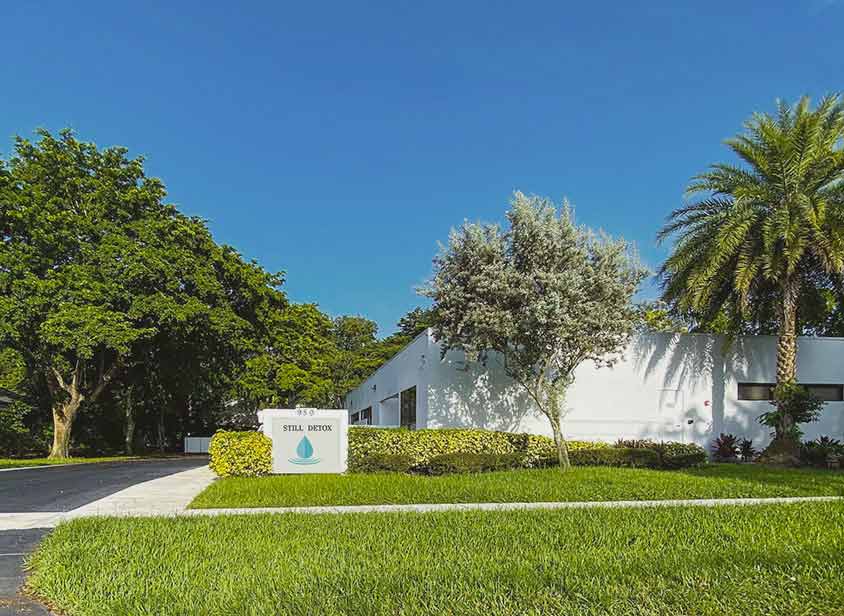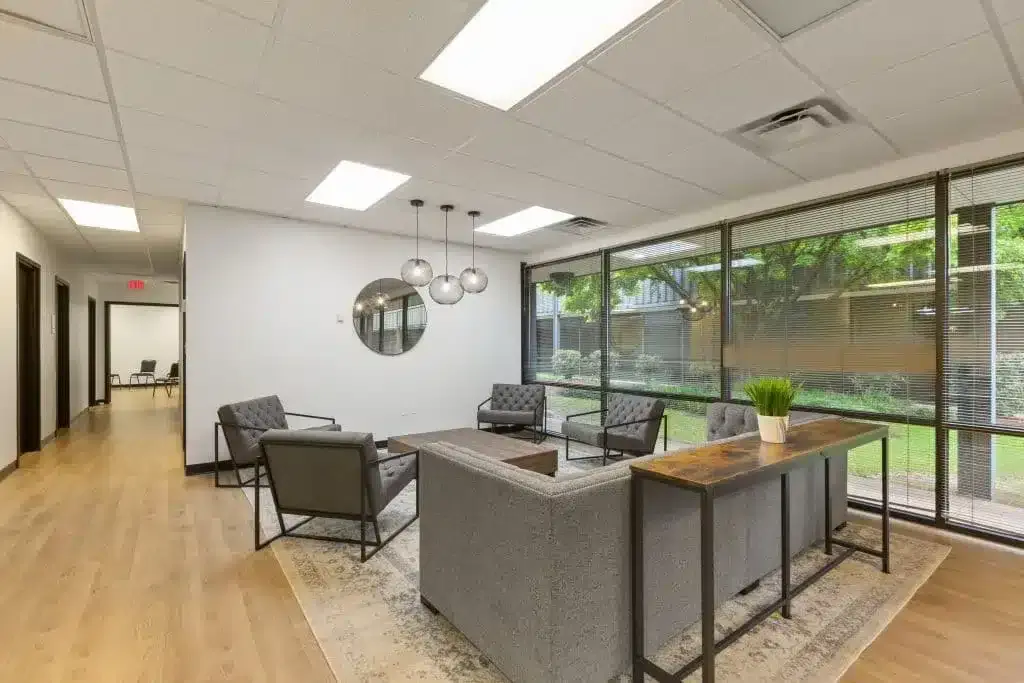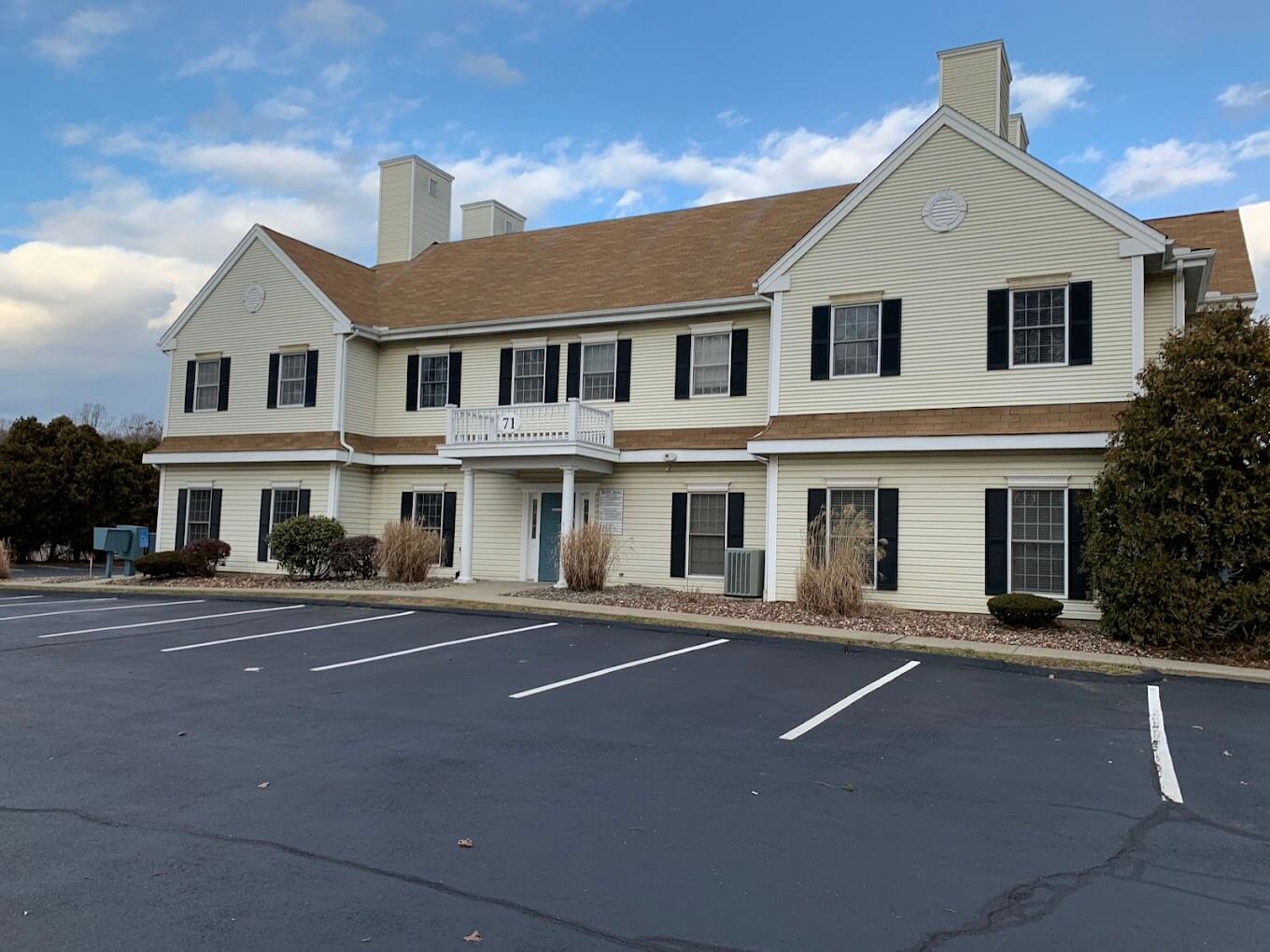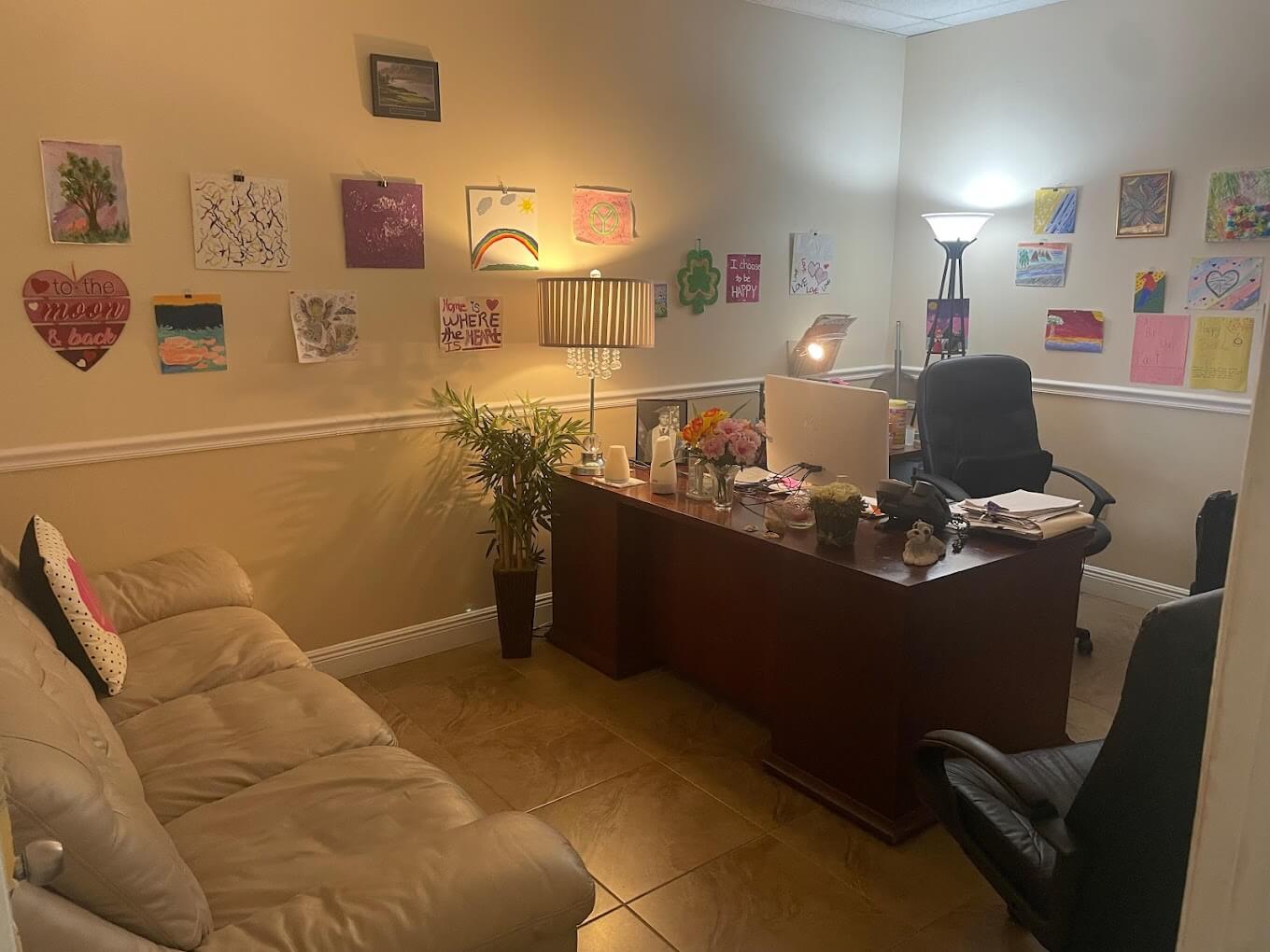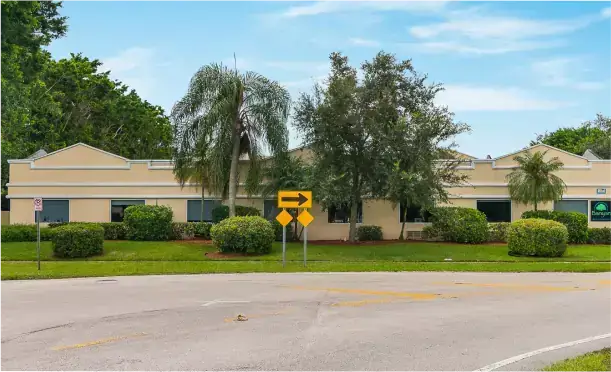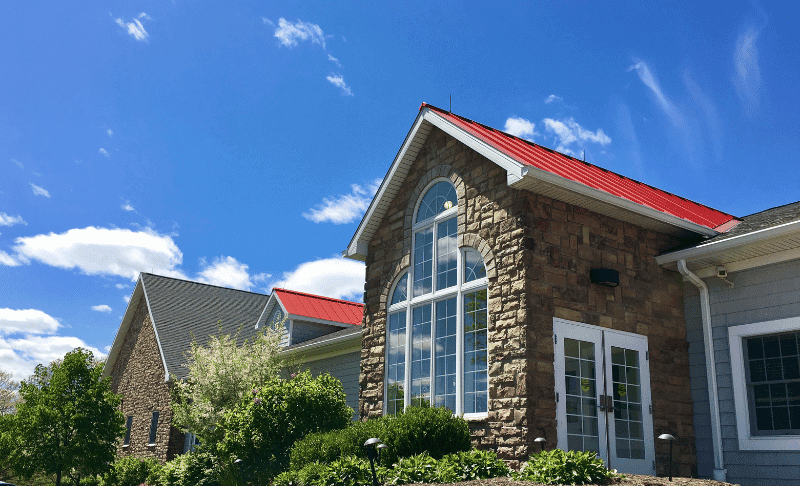As the new year approaches, it’s time for rehab centers to start thinking ahead and planning their marketing strategy for 2026. Marketing in the addiction recovery space continues to evolve, and in order to stay competitive and effectively reach individuals who need help, it’s crucial to develop a forward-thinking plan that addresses both trends and foundational strategies.
In this post, we’ll explore how rehab centers can plan for a successful marketing strategy in 2026 by setting clear objectives, embracing new technology, staying connected with their audience, and positioning themselves as leaders in the recovery space.
1. Understand Your Current Market and Identify Future Trends
Before you dive into planning, take a close look at your current market. Who is your target audience, and what are their needs? What is working in your current marketing strategy, and where is there room for improvement? Understanding where you stand is the first step in crafting a strategy for the year ahead.
- Conduct Market Research: Take time to research upcoming trends in the addiction recovery field. Are there new types of treatments or therapies gaining traction? What do individuals seeking treatment look for in a rehab center, and what new concerns might they have as the mental health and addiction landscapes evolve? It’s also important to consider shifts in legislation, insurance policies, and public awareness campaigns that could affect your target demographic.
- Embrace New Technology and Digital Trends: In 2026, digital marketing will continue to play a significant role. With the rise of virtual care options and digital health tools, staying ahead of the curve with digital offerings such as telehealth or online support groups will be essential. Ensure your marketing strategy includes plans for virtual service offerings and online content creation.
- Personalization and Data Analytics: In 2026, more data-driven decisions will guide marketing efforts. Understanding your audience through data will allow you to tailor your marketing campaigns for maximum impact. Investing in CRM (Customer Relationship Management) tools or utilizing artificial intelligence for personalized marketing could increase engagement and conversions.
2. Set Clear, Measurable Goals
Every successful marketing strategy starts with clear, measurable goals. By setting objectives for 2026, you’ll create a roadmap that helps you focus on your priorities and measure your success over time.
- Increase Awareness: If you’re working to raise awareness about your rehab center, set specific targets. How many new leads or inquiries do you want to generate each month? What is your goal for website traffic or social media engagement?
- Client Conversion Rates: Improving your conversion rate is a key metric for your marketing efforts. Set goals for how many of your leads should convert into clients. Focus on improving your process to nurture leads and turn inquiries into admissions.
- Community Engagement and Education: One of your goals could be increasing community engagement through educational campaigns. This might include offering more free resources, hosting webinars, and providing helpful content that demonstrates your expertise in addiction recovery.
- Referral Growth: Encourage satisfied clients, families, and partners to refer others by setting goals to grow your referral program. Consider creating incentives or recognition for people who refer new clients to your rehab center.
3. Enhance Your Online Presence
In today’s digital-first world, having a strong online presence is non-negotiable. By 2026, consumers will expect an even more seamless and engaging online experience, so it’s important to stay ahead of the curve with your website, social media, and online reputation management.
- Website Optimization: Your website should be a welcoming, informative, and easily navigable resource for individuals seeking help. Make sure your website is mobile-friendly, fast, and optimized for search engines (SEO). In 2026, voice search and AI-driven search results will become more prominent, so it’s important to tailor your website’s content to match these trends.
- Content Strategy: Content will continue to be king. Create content that resonates with your target audience, such as blog posts, videos, infographics, and webinars. Focus on providing educational resources that address common concerns, such as how to find the right rehab center, what the recovery process involves, or the importance of family support in recovery.
- Social Media Engagement: By 2026, platforms like Instagram, Facebook, and LinkedIn will still be essential for engagement. However, newer platforms like TikTok and emerging apps may also play a role in connecting with younger generations who are increasingly seeking help for addiction and mental health struggles. Use these platforms not just to promote your services but to engage with your audience in meaningful ways.
- Reputation Management: Online reviews and testimonials will continue to influence decisions in 2026. Take steps to actively manage your reputation by encouraging happy clients to leave reviews, responding promptly to negative feedback, and showcasing positive testimonials on your website and social media.
4. Create Strategic Partnerships
Building strong relationships with other businesses and organizations in your community can help boost your credibility and expand your reach.
- Collaborate with Healthcare Providers: As the landscape for addiction recovery continues to evolve, forming partnerships with healthcare providers such as primary care physicians, mental health professionals, and community centers can be beneficial. This network of healthcare professionals can refer patients to your center, helping you build a more reliable referral pipeline.
- Develop Partnerships with Local Businesses: Explore opportunities to team up with local businesses, particularly those that share a customer base or have an interest in mental health and well-being. This could include sponsorships, co-hosting events, or offering joint promotions during the year.
- Support Community and Awareness Initiatives: Look for ways to get involved in community events, awareness days (such as Recovery Month), and local charities. These types of partnerships can enhance your visibility and show that your rehab center is a trusted and compassionate member of the community.
5. Budget Smartly and Measure ROI
As you develop your strategy for 2026, make sure to allocate your marketing budget effectively, keeping in mind the channels that will provide the highest return on investment (ROI). Whether it’s digital marketing, community events, or local advertising, be prepared to adjust your budget depending on which channels yield the best results.
- Track Campaign Performance: Use tools like Google Analytics, social media insights, and email marketing data to track the performance of your campaigns. This data will help you determine which strategies are most effective and allow you to optimize your approach over time.
- A/B Testing and Iteration: Testing is crucial in refining your marketing efforts. A/B test your advertisements, email subject lines, and landing pages to see which versions resonate most with your audience. Continually iterate based on this data to ensure your marketing strategies are as effective as possible.
6. Prepare for Shifts in Consumer Behavior
Consumer behavior is rapidly changing, and rehab centers need to stay agile in responding to these shifts. In 2026, mental health and addiction recovery may be further integrated into mainstream healthcare, and people may be more open to seeking help sooner due to reduced stigma around mental health.
- Leverage AI and Automation: Artificial intelligence and automation are likely to play a larger role in marketing efforts by 2026. Consider using chatbots on your website for instant engagement, automating follow-up emails, and utilizing AI to predict trends in client behavior or preferences.
- Cultural Sensitivity and Inclusivity: With increasing awareness of diversity and inclusivity, your marketing strategy should ensure that all individuals feel seen and supported. Consider adapting your messaging and services to better reach a wider range of people, including underserved communities and those with different cultural backgrounds.
Conclusion
Planning a successful marketing strategy for 2026 is about staying ahead of the trends, being flexible, and using data to guide your efforts. By understanding your audience, embracing technology, setting clear goals, and building strategic partnerships, you can create a marketing plan that positions your rehab center for success in the coming year.
With the right strategy, you can not only reach more individuals in need of recovery services but also build a lasting brand presence that supports and empowers those on their recovery journey.



